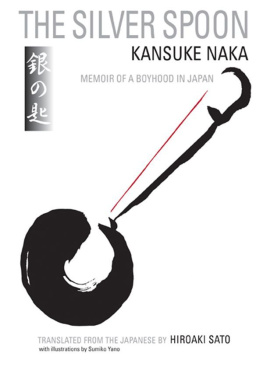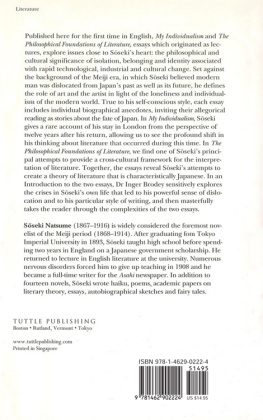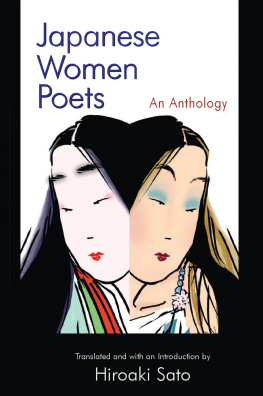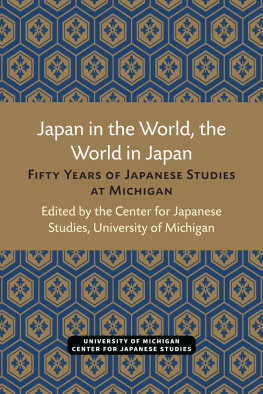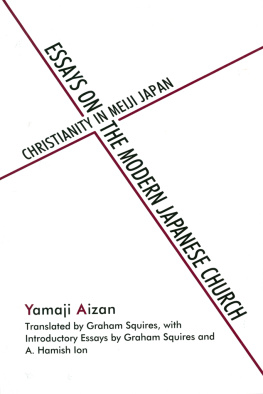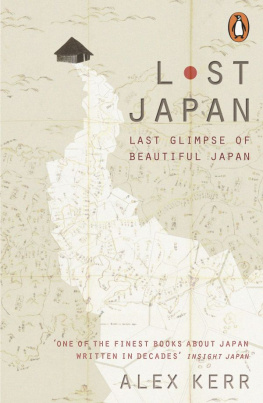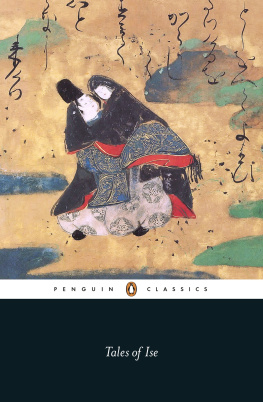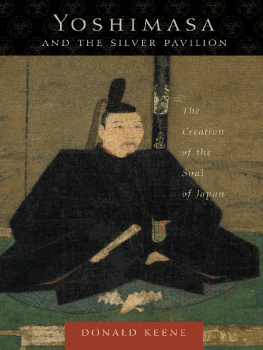THE SILVER SPOON
MEMOIR OF A BOYHOOD IN JAPAN
Kansuke Naka
translated by Hiroaki Sato
with illustrations by Sumiko Yano
Stone Bridge Press Berkeley, California
Published by
Stone Bridge Press
P. O. Box 8208, Berkeley, CA 94707
tel 510-524-8732
Originally published in Japanese as Gin no Saji by Kansuke Naka (18851965).
English text 2015 Hiroaki Sato.
Illustrations 2015 Sumiko Yano.
Cover design by Hisako Fujishima.
Book design and layout by Linda Ronan.
All rights reserved.
No part of this book may be reproduced in any form without permission from the publisher.
Printed in the United States of America.
First edition published 2015.
p-ISBN: 978-1-61172-019-8
e-ISBN: 978-1-61172-911-5
To Sondra
four decades later
Contents
Notes and Acknowledgments
In the notes, the following books may be cited by authors last name only:
Definitions of Buddhist terms: Burton Watson, tr., The Lotus Sutra (New York: Columbia University Press, 1993), and Philip B. Yampolsky, ed., Selected Writings of Nichiren (New York: Columbia University Press, 1990).
Social references: B. H. Chamberlain, Things Japanese (or Japanese Things in the reprint edition: Tokyo: Tuttle, 1971); E. Papinot, Historical and Geographical Dictionary of Japan (reprint edition; Tokyo: Tuttle, 1972). Both originally published early in the 20th century, they often provide just the right sort of information for The Silver Spoon.
Certain festivals: U. A. Casals Five Sacred Festivals of Ancient Japan: Their Symbolism and Historical Development (Tokyo: Sophia University and Tuttle, 1967), a Swiss businessmans loving report on the go-sekku, the five seasonal turning points. Casal arrived in Japan in 1912 and lived there for fifty years.
The translations of tanka from the One Hundred Poems by One Hundred Poets (Hyakunin isshu): those by F. V. Dickins that appeared in the Journal of the Royal Asiatic Society in 1909. There are a number of English translations of this mini-anthologyDickins (18381915) himself had made an earlier, completely different one, published in 1866. But his 1909 translations, complete revisions of his earlier attempts, came out about the time Naka wrote The Silver Spoon.
Terms related to traditional Japanese clothing: Liza Dalby, Kimono: Fashioning Culture (New Haven: Yale University Press, 1993).
Biographical details on Naka Kansuke and his relatives and friends, editions of The Silver Spoon, etc.: Watanabe Gekisabur, ed., Naka Kansuke zuihitsu-sh (Tokyo: Iwanami Shoten, 1985); Tomioka Taeko, Naka Kansuke no koi (Tokyo: Sgensha, 1993), and Horibe Isao, Gin no saji k (Tokyo: Kanrin Shob, 1993).
In this book all Japanese names are given the Japanese way, with the family name first, except on the cover and on the title and copyright pages.
I started translating The Silver Spoon toward the end of the 1960s with Sondra Meadow Castile; ten of the episodes we worked on were then printed in the March 1972 issue of Doshisha Literature: A Journal of English Literature and Philology.
I thank the late erudite scholar Kyoko Selden (19362013) for interpreting many expressions and passages of The Silver Spoon for me; the poet Ishii Tatsuhiko for information on the publishing history of the memoir from Iwanami Shoten and Hirata Shigeru and Kakizaki Shko for acquiring necessary books.
The novelist Dianne Highbridge and the scholar Gustav Heldt read the translation and made suggestions. Jenefer Coates copyedited it with unusual meticulousness and thoroughness.
Hisako Fujishima designed the cover and Yano Sumiko worked out the many lovely illustrations.
I thank the late poet Robert Fagan (19352009) for reading my translations for nearly forty years and, above all, my wife Nancy, the primary reader of whatever I write in English.
HIROAKI SATO
Introduction
The Silver Spoon (Gin no saji) of Naka Kansuke (18851965), first serialized in a daily newspaper in 1913, is the most admired childhood memoir ever written in Japan. As the philosopher Watsuji Tetsur (18891960) wrote in his afterword to it in 1935, the childs world is drawn in a magically vivid way.
Translating several passages from The Silver Spoon into English two decades later, the American student of Japanese literature Howard Hibbett called it an extraordinarily beautiful evocation of the world of childhood, which retains its freshness today.
In Japan more recently, the memoir has been affectionately called a childrens story for adults (otona no dwa). The characterization may stem from Nakas own term childrens stories for grownups (seijin no tame no dwa) for a group of his own fables gathered into a single volume in 1961, which had been inspired by ancient Chinese legend, old Japanese poetry, the Bible, and so on, and required a certain amount of classical knowledge to understand. The Silver Spoon, in contrast, is a straightforward memoir with no overt intent to edify the reader.
Changing Japanese Society and Nakas Memoir
Much of the world of childhood that Naka conjures up in The Silver Spoon has to do with festivals, fairs, and fte days, daily rituals and games, with people taking part in them as a matter of course, their age-old beliefs and superstitions untouchedthe descriptions of which are, one must add, greatly enhanced by the presence of the authors exceptionally good-natured and eternally patient aunt who, as a semi-permanent member of the Naka family, took it upon herself to look after him. (The aunt was the eldest sister of Nakas mother Sh, 18491934. But as her name has not been fully ascertained, she must remain nameless.)
Such a focus on tradition may strike some of those who know Japanese history as a little strange. After all, Naka was born and brought up a few decades after the Meiji Restoration in 1868, which, in putting the emperor back as ruler, had ended the two-hundred-and-fifty-year-old Tokugawa shogunate and its semi-isolationist policy. The new government did not just open Japan to international commerce and diplomacy but also sought to adopt all things Western. The nations greatest goal for the period was emulation of the West.
So, in 1883, just two years before Naka was born, the government had completed, at exorbitant cost, the Rokumeikan, Deer Cry Hall, a large Italianate two-story building for balls and masques designed by the British architect Josiah Conder, with Minister for Foreign Affairs Inoue Kaoru proclaiming at its opening: We have decided to make the Rokumeikan a place where from now on high officials and gentlemen from inside and outside Japan may meet and socialize, unaware that longitudes and latitudes ever existed, where they may form friendships and fellowships unlimited by national borders.
In 1889, when Naka was four, the government, after years of deliberations, promulgated a new Constitution mainly modeled on that of Germany, thereby instituting constitutional monarchism. In 1894, when he was nine, Japan, in its first open bid to compete with imperialist powers, went to war with China and won.
Yet most such epochal events did not affect Nakas childhood, at least as he remembered itsave the 189495 Sino-Japanese War just mentioned. As Naka tells it in one episode of The Silver Spoon, the sudden rise of jingoism and the almost instant racial denigration of a people whom the Japanese had admired throughout their history provoked a deep sense of indignation in the ten-year-old boy. Zhou Zuoren, the Chinese writer quoted above, was particularly touched by this episode: by the mid-1930s, when he was translating passages from
Next page
